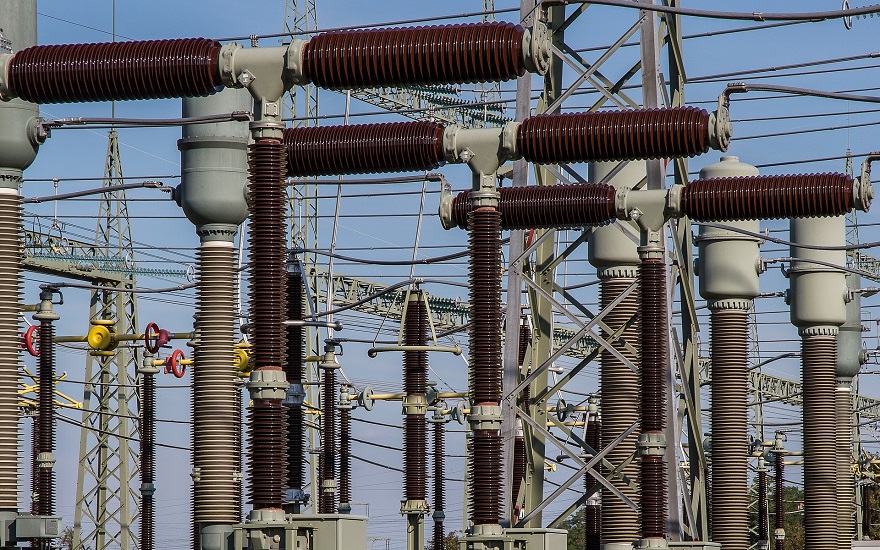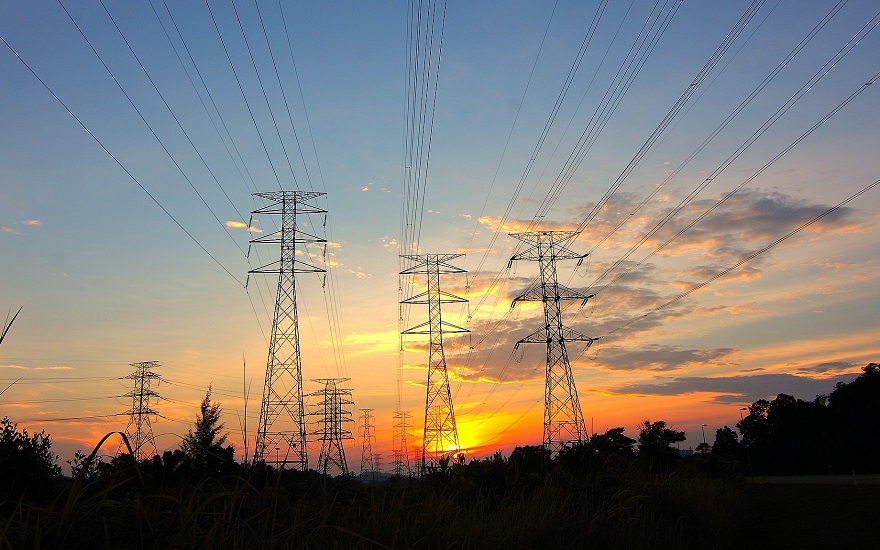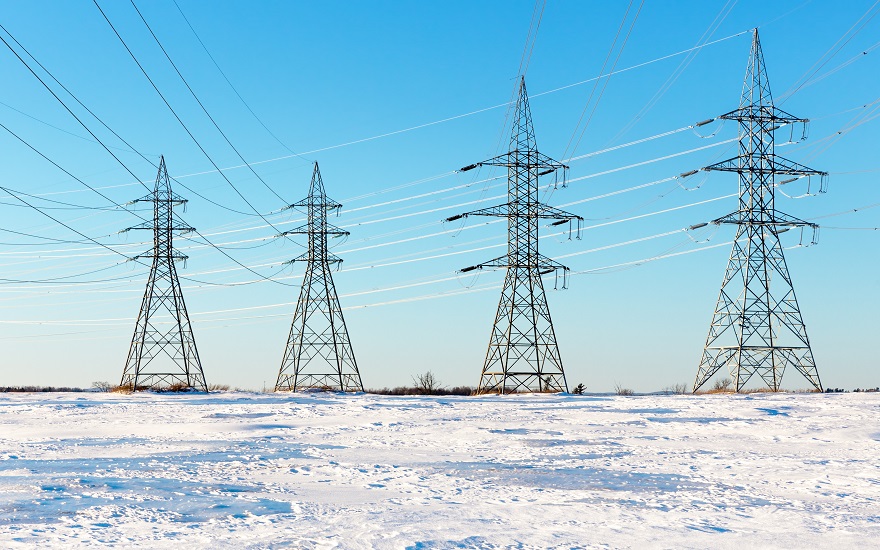A major investigation into the 9 August blackout questions whether National Grid’s contingency plans for such a significant loss of power are “fit for purpose”.
An interim report into the power outage by the Energy Emergencies Executive Committee (E3C) identifies several areas it believes “merit further investigations in order to learn lessons from such an event… to make the electricity system more resilient”.
The E3C is a partnership between government, the energy regulator Ofgem and the wider industry, which coordinates resilience planning across the energy sector.
It aims to ensure a “joined-up approach to emergency response and recovery, identifying risks and processes to manage the impact of emergencies affecting the supply of gas and/or electricity to consumers in Great Britain”.
The review builds on National Grid ESO’s final technical report submitted to Ofgem in September.
What Does The E3C Report Recommend?
Its investigation details the events of the 9 August blackout, where the total loss of power generation totalled almost 2,100 MW.
That’s more than double the amount of reserve capacity currently held by National Grid to deal with such an emergency (roughly 1 GW).
The report queries whether this contingency needs to be increased, as well as highlighting other key areas for further investigation:
- There should be a review into the reserve and response holding policy of the ESO and whether it is fit for purpose going forward. In particular, this should explore the single largest loss criterion and whether this adequately covers the consequential loss of embedded generation, the increased volatility of frequency deviations within operational limits, and the level of inertia.
- Given the loss of generation, more work needs to be done on the compliance process, most notably for embedded generation. There should be a review of the timescales for delivery of the Accelerated Loss of Mains Change Programme to reduce the risk of inadvertently tripping and disconnecting embedded generation. National Grid has stated that the situation was not caused by a systemic risk in wind; further work is required from the electricity sector to ensure continual balance between system security, resilience and the generation mix.
- Communications, notably in the first hour of the response needs to improve, and this has been recognised by the ESO technical report (6th September 2019). Communication policies and protocols across the ESO, DNOs, Transmission Operators, generators, Government, Ofgem, the Energy Networks Association (ENA) and Energy-UK should be reviewed to understand whether these support timely and effective communication for future events. This will crucially help to manage impacts on the public.
- A review into the performance of the Low Frequency Demand Disconnection (LFDD) scheme is required to ensure there is a consistent view in its application across electricity operators. The net effect of loss of supply to over 1 million customers was only 350 MW. While this enabled the system to recover on this occasion, reasons why further distributed energy generators tripped off needs to be investigated and understood to ensure LFDD operates as intended if ever needed in the future.
The E3C expects to submit its final report and recommendations to the government by early November.
Energy market regulator Ofgem is undertaking its own investigation into the August blackout too.
Want more information about the 9 August 2019 Blackout? Click here for our full coverage




